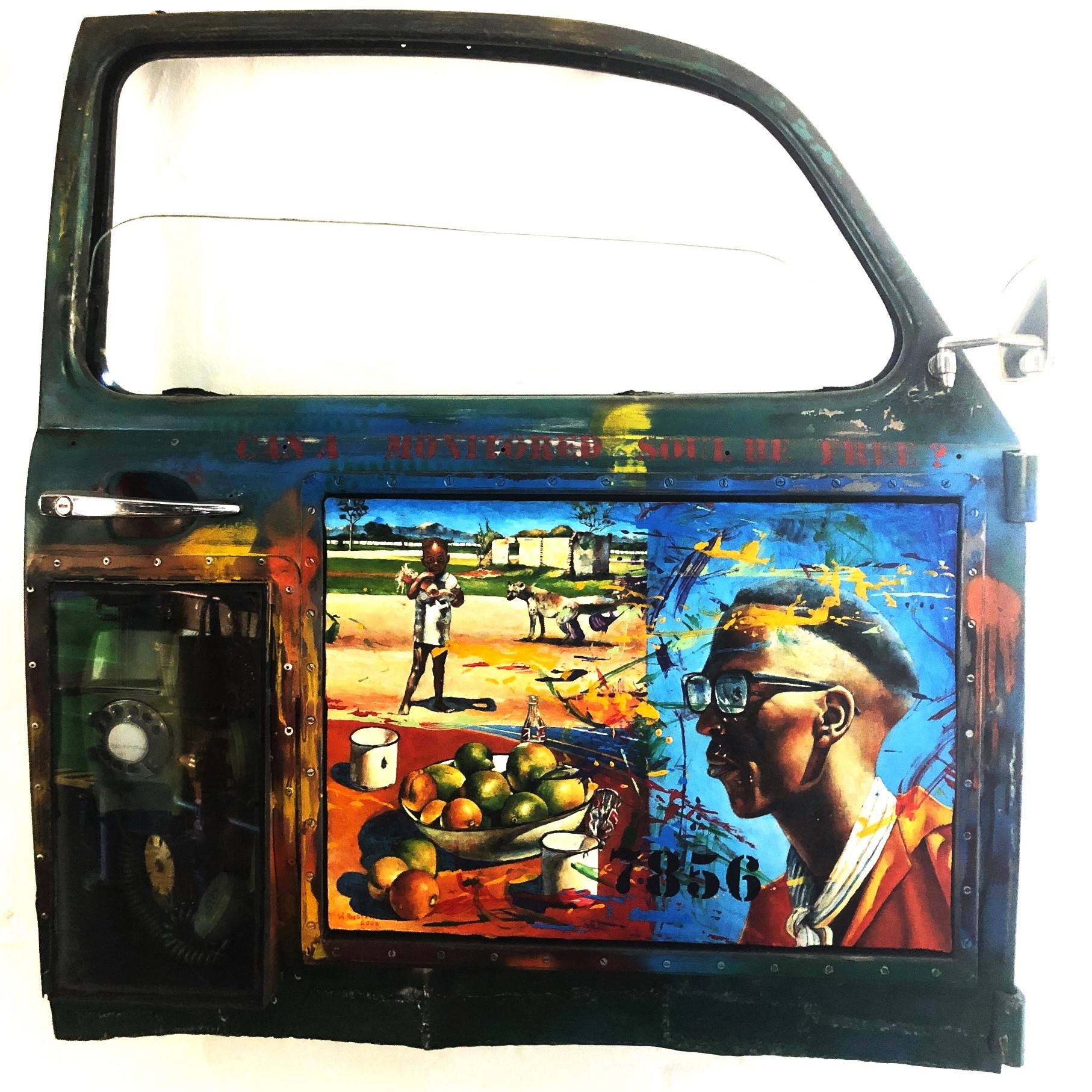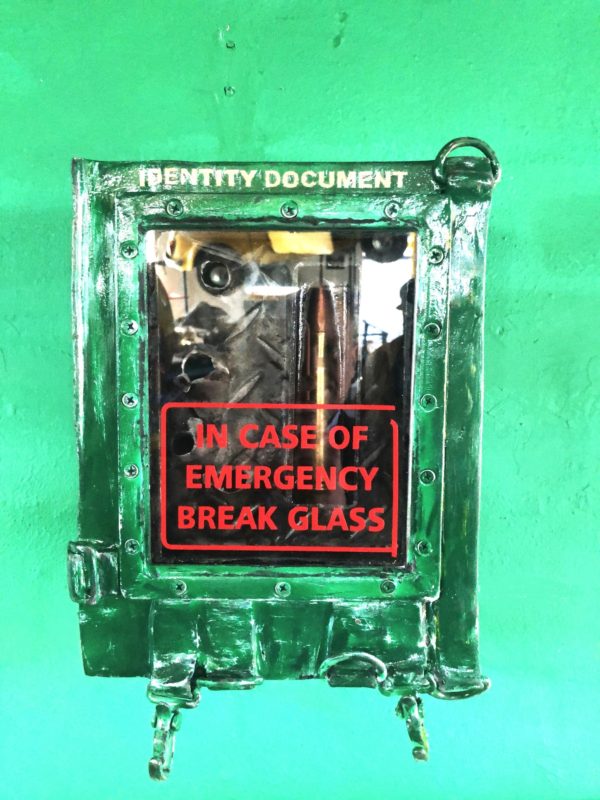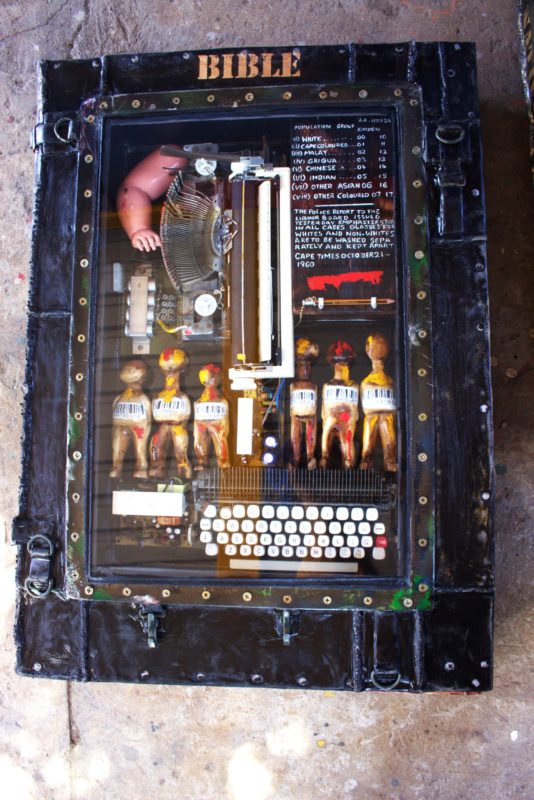
Contemporary African art is a vibrant and diverse area of interest among art appreciators, collectors, and galleries, and Nel, a Cape Town-based art gallery, is at the forefront of African artists’ promotion. On October 26, it opens Dialogue, a protest art exhibition by the well-known South African artist Willie Bester, for public display.
Willie Bester is one of the brightest representatives of protest art in South Africa and one of the early supporters of the anti-apartheid movement. Even decades after apartheid’s abolition, Bester stays true to his calls for equality and justice around the world, which he voices through bright and provocative mixed media assemblages and paintings.
Meet Willie Bester
Willie Bester was born in 1956 in South Africa. He is an internationally famous painter, sculptor, and collage artist, reasonably topping the list of the country’s resistance artists for his sharp opposition to apartheid. Bester has contributed to the anti-apartheid struggle in many ways, and his artworks continue the path of advocacy for social, economic, and racial justice and equality.
Bester’s Signature Style, Themes, and Symbols
Willie Bester can be truly called an authentic local artist because he draws inspiration for his art objects from many elements of the local culture and history. Some of his artworks feature significant historical figures, such as Nelson Mandela and activists who fought against apartheid. Another portion of his art has traceable street art influences and represents the vibrant heartbeat of the African urban visual culture.
Bester is also widely known for symbolism in his art objects. For instance, the heavy use of barbed wire, chains, and shackles in his assemblages is strongly associated with the metaphor of confinement and oppression. Besides, the presence of industrial scraps and mechanical parts of cars and equipment is linked to the theme of labor exploitation and the ills of the modern industrial revolution.
Bester’s Protest Art Exhibition at Nel
Though the majority of Bester’s best-known assemblages, collages, and paintings were produced in the 1980s, during the period of apartheid, the new protest art exhibition features his later works. The exhibition’s curators have decided to show other shades of Bester’s creative method to the visitors. At present, Willie Bester is similarly dedicated to exposing all kinds of oppression and inequality across the globe, and his bold, bright, and thought-provoking assemblages can illustrate many persisting injustices beyond apartheid.
The exhibition starts at Nel on October 25 (preview) and October 26 (general access) and will run through November 23, 2024.


